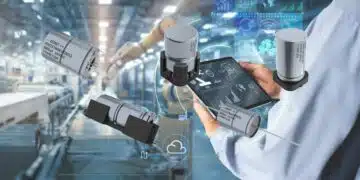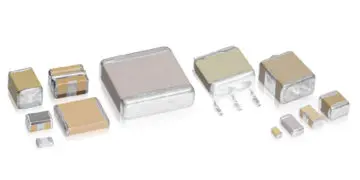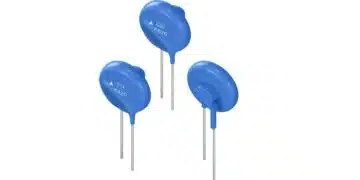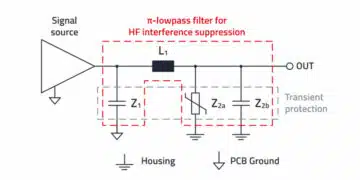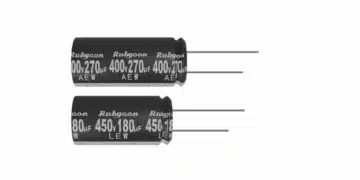Hirose Electric introduces the AU1 series, a USB 3.2 compatible wire-to-board connector specifically designed for automotive applications.
In-vehicle infotainment systems, which have become increasingly sophisticated in recent years, process user inputs from various sources to display relevant content on screens. These systems require a combination of diverse hardware components, with displays playing a crucial role. As displays become larger and higher in resolution, the need for high-speed, high-capacity video signal and data transmission within vehicles has grown.
USB transmission, widely used for video signals in consumer electronics, is increasingly being adopted for automotive applications due to its growing demand in in-vehicle wiring, particularly for USB Type-C connection ports in the cabin. These ports allow users to charge and communicate with external devices like smartphones and portable gaming devices.
To address these evolving needs, Hirose Electric has developed the AU1 Series, which leverages the internal design of Hirose Electric’s CX Series, a USB Type-C connector widely used by manufacturers in Japan and globally. This allows for high-speed signal transmission.
The AU1 Series also features a reinforced shell and housing that provides enhanced durability and meets the mechanical and environmental requirements of USCAR-2 and USCAR-30. This ensures vibration and heat resistance.
Furthermore, the Connector Position Assurance (CPA) mechanism further enhances contact reliability, making the AU1 Series an ideal solution for internal signal transmission in automotive applications. Additionally, it improves board design flexibility.
Key features of the AU1 Series include:
- USB 3.2 compatibility
- High-speed signal transmission
- Reinforced shell and housing for durability
- USCAR-2 and USCAR-30 compliance
- Connector Position Assurance (CPA) mechanism for enhanced contact reliability
Utilizing HRS’s proven CX Series (USB Type-C connector) as its core component, the AU1 series offers a range of transmission standards, including USB 3.2 Gen2, Display Port 1.4, HDMI, and more.
The AU1 connector is highly reliable and meets automotive requirements for vibration and heat resistance, ensuring durability in harsh environments. It complies with USCAR-2 and USCAR-30 standards.
A CPA (Connector position assurance) unit ensures secure mating, while two types of key codes (Standard and A key) are supported.
In the future, the AU1 series plans to expand to include 24-pin count variations to accommodate various internal automotive connections. Mass production will include straight receptacle, right-angle receptacle, and straight plug options. Planned development includes a right-angle plug.
The AU1 series meets automotive quality standards and is designed for industrial applications in harsh environments.



